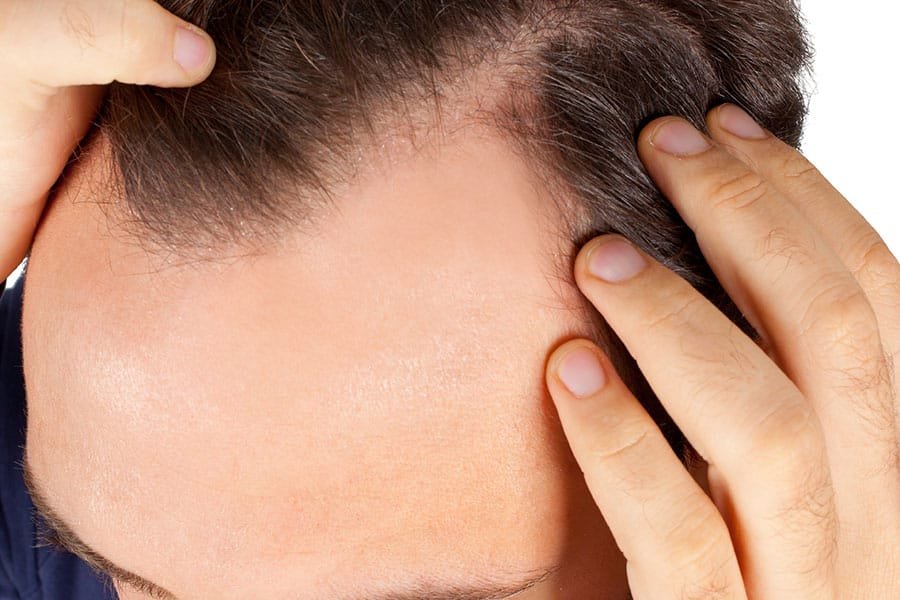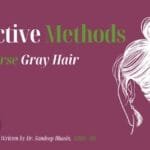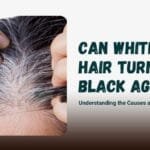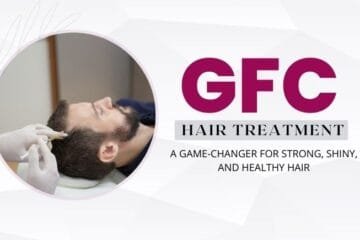Alopecia
Hair loss, also known as alopecia treatment for baldness, refers to a loss of hair from part of the head or body. Hair loss typically affects the head. The severity of hair loss can vary from a small area to the entire body. Typically, inflammation or scarring is not present. Hair loss in some people causes psychological distress. Here, let’s take a look at the most common types of Alopecia.
Androgenic Alopecia
Androgenic Alopecia is the scientific name for the genetic hair loss conditions Male Pattern Baldness and Female Pattern Hair Loss.
It is the most common form of hair loss and affects many individuals at some point in their lives, sometimes as early as the late teens or early twenties.
Alopecia Areata
The media most commonly associates this type of hair loss with the term ‘Alopecia.’ Alopecia Areata usually presents itself as patchy hair loss on the scalp and is an autoimmune disorder that causes the body’s own immune system to attack healthy hair follicles.
Although experts have not identified the exact causes of the condition, many believe that stress and traumatic experiences trigger it.
Alopecia Totalis and Alopecia Universalis
In some cases, Alopecia Areata can progress to the entire scalp. This is known as Alopecia Totalis. At its most extreme, hair loss can occur across the entire body, including eyebrows. Little Britain co-creator Matt Lucas suffers from this type of hair loss, which is known as Alopecia universalis.
Cicatricial Alopecia
Also known as Scarring Alopecia, the condition Cicatricial Alopecia is a type of hair loss in which hair follicles are destroyed and replaced by scar tissue.
There are two types of Cicatricial Alopecia: primary and secondary. In Primary Cicatricial Alopecia, inflammation of the hair follicles directly causes hair loss. Experts still understand little about its causes.
Secondary Cicatricial Alopecia, meanwhile, refers to scarring hair loss which occurs as a result of an event or process unrelated to the follicles, such as burns or infections.
Traction Alopecia
Traction Alopecia differs from other types of Alopecia. An individual’s actions usually cause it. Excessive tension on the hair leads to breakage.
Certain hairstyles, such as braiding and tight ponytails, are common causes of Traction Alopecia. Repeated chemical treatments, such as bleaching and hair coloring, can also be the cause of it.
Causes
There are many different potential causes of alopecia. Any number of factors can cause hair loss, whether it is temporary or permanent.
These can include allergies, irritants, toxins, burns, injuries, and infections. We also know that certain medications (especially anabolic steroids), chronic kidney failure, radiation, and chemotherapy can cause hair to fall out.
Sometimes, hair loss may be due to a vitamin A overdose, iron deficiency anemia, a malfunctioning thyroid gland, fever, hormonal imbalances, or pregnancy.
Symptoms and Complications
Thinning hair is the most obvious symptom of androgenic alopecia. In men, it begins at the crown, temples, or both. They also tend to get a “high forehead” that is associated with a receding hairline.
For women, hair loss begins on the top of the head. While men can go completely bald, women don’t usually lose all the hair on the crown of the head.
Alopecia areata appears as sudden losses of small, round patches of hair, usually from the scalp, but sometimes from the face or body.
Light pits or stipples may appear on the fingernails. The disease often comes and goes in cycles, with regrowth in between.
Treatment
- Detailed examination guides the understanding of the acute nature of the problem and its pace of progression.
- Bacilloscopy is done to check the follicular status and underlying scalp health.
- In cases of developing alopecia, simple amino acids along with hair nutritive
Doctors Prescribe Supplements
- Experts suggest topical applications with the psychoactive product.
- The doctor generally refrains from giving a lot of clinical therapies as the scalp is very sensitive.
- Experts may recommend home care, as managing the disorder requires a rigorous approach to stop its spread.
- Doctors need to conduct frequent follow-ups to monitor the response since the disorder is unpredictable.
- Experts recommend dietary changes to improve immunity.
- Doctors may also suggest avoiding animal proteins.
- We do not believe in using steroids locally or internally, but our focus is to correct the problems in the immune system.
- Doctors prescribe amino acid supplements containing L-tyrosine to people with Alopecia Areata to reduce auto-inflammation.
- Also, individuals need to consider lifestyle factors such as diet and sleeping habits while dealing with Alopecia.
- Since stress is also a contributing factor in non-scarring Alopecia, the person who suffers from it can consider going for yoga, meditation, or other relaxation therapies.
Are you suffering from alopecia?
Get your problem diagnosed at Care Well Medical Centre, a pioneer and renowned Cosmetic Surgery, Hair Loss, and Hair Transplant Clinic in Delhi. Well-known and visionary Cosmetic Surgeon Dr. Sandeep Bhasin supervises the clinic with over 17 years of experience. He has a proven track record of successful hair transplants and cosmetic surgeries using advanced techniques and technologies.
Care Well Medical Centre provides high-quality services that meet international standards in both service and hygiene.
Unlike other clinics that adopt a franchise model with countless clinics worldwide, Care Well Medical Centre focuses its efforts on quality services that meet the needs and desires of the patients in order to fulfill the results of the aesthetic hair transplant.














